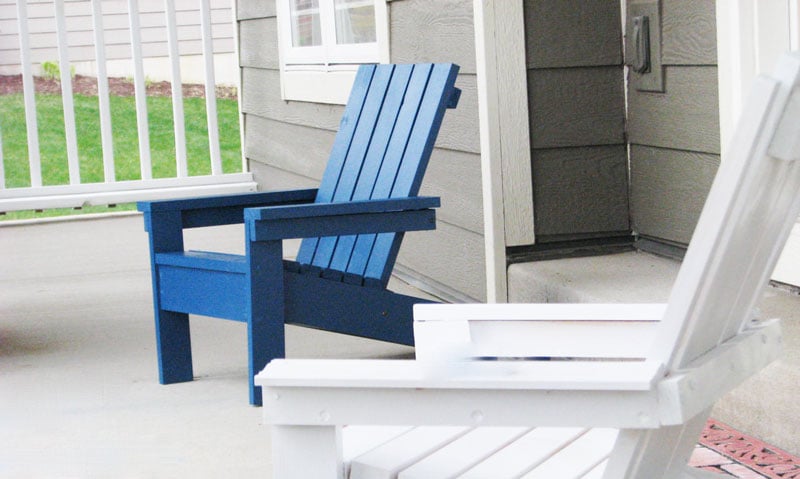
Build your own kids Adirondack chairs! Builders spend about $15 a chair. Step by step plans with diagrams, and dozens of reader submitted photos.
Also check out our adult sized Adirondack Chair plans too.
Collections
Pin For Later!

Dimensions
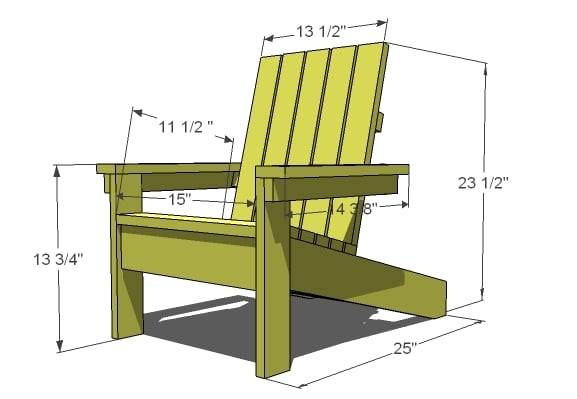
For the Kid Sized Chair, overall dimensions are shown above.
Preparation
Shopping List
1 – 1×4, 8′ Length
2 – 1×2, 8′ Length
2 – 1×3, 8′ Length
Wood Glue
Wood Filler
1 1/4″ Screws
2″ Screws
Common Materials
Cut List
2 – 1×4 @ 25 1/2″ (Stringers)
1 – 1×4 @ 15″ (Front Apron)
5 – 1×2 @ 15″ (Seat Slat, Main)
1 – 1×3 @ 15″ (Seat Slat, Front)
2 – 1×3 @ 13″ (Front Legs)
2 – 1×2 @ 14 1/2″ (Arm Supports)
2 – 1×3 @ 14 1/2″ (Arm Rests)
5 – 1×3 @ 20 3/4″ (Back Slats)
1 – 1×2 @ 13 1/2″ (Back Trim)
1 – 1×4 @ 13 1/2″ (Back Apron)
1 – 1×2 @ 16 1/2″ (Back Support)
Instructions
Step 1
Step 3
Step 4
Step 6
Step 7
Step 8
Finishing Instructions
Preparation Instructions
You may wish to add wood filler to screw holes and apply a touch up coat of paint to you chair. Also, spraying with an exterior varnish or polyurethane will help protect the chair from the elements and would just cost a few dollars and take a few min
Project Type
Room










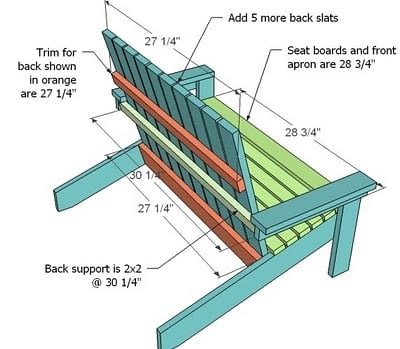
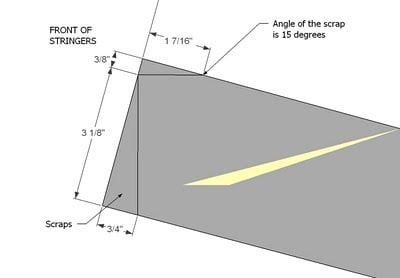
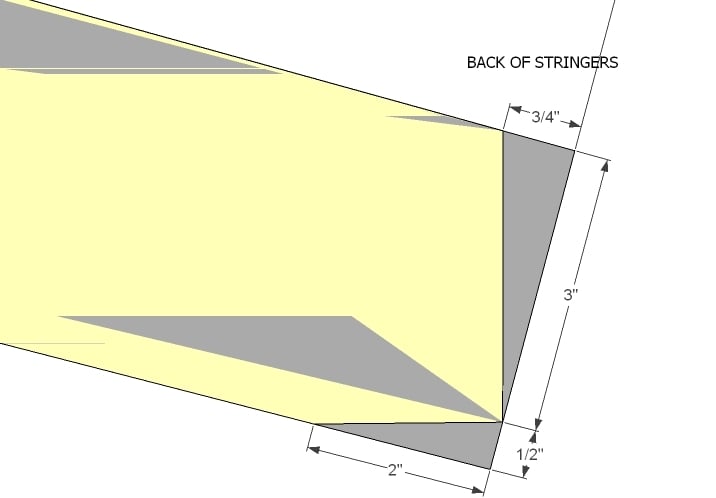
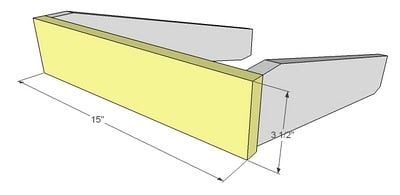
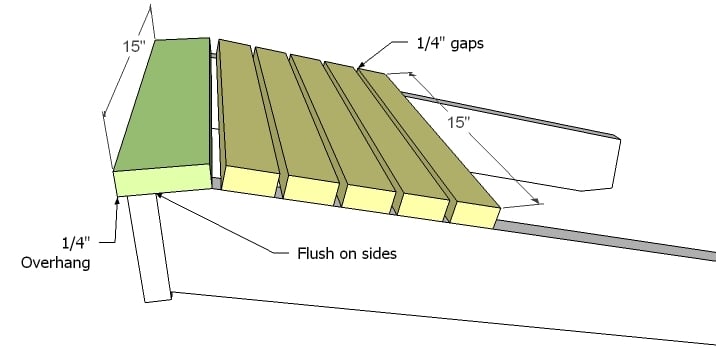
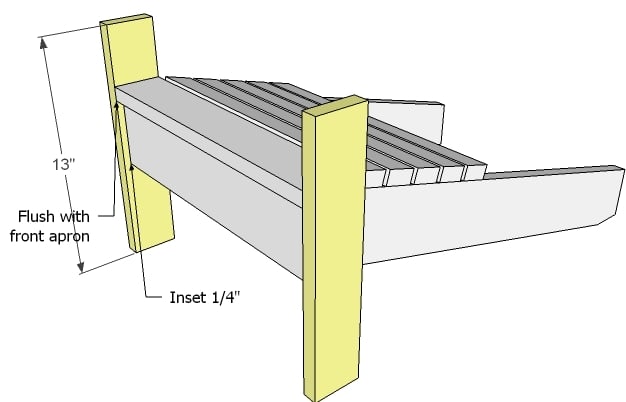
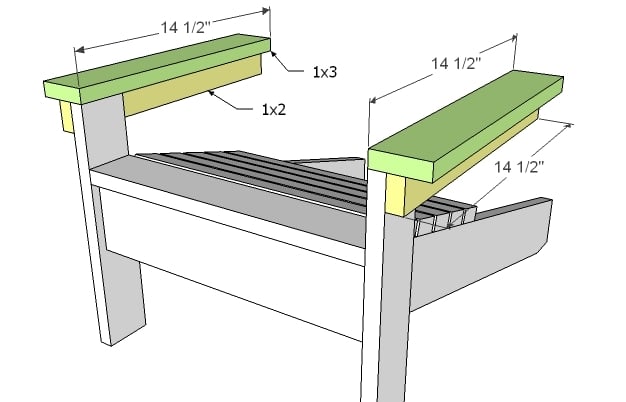
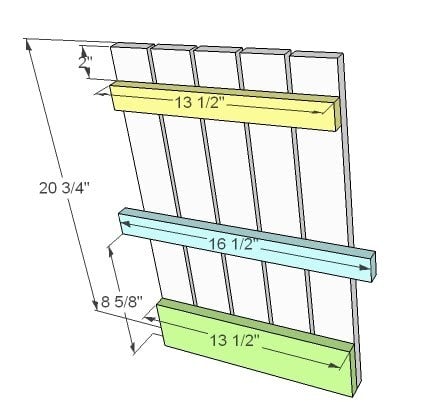
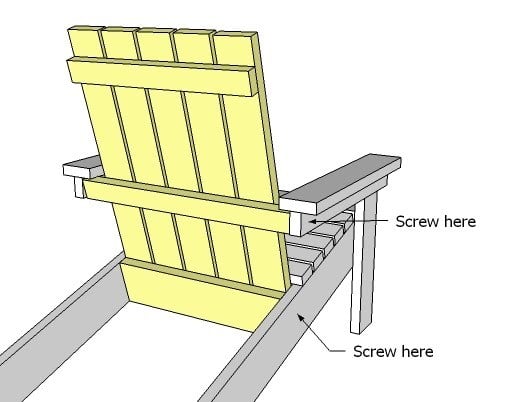
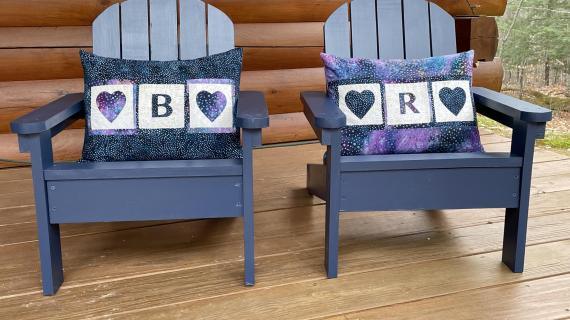
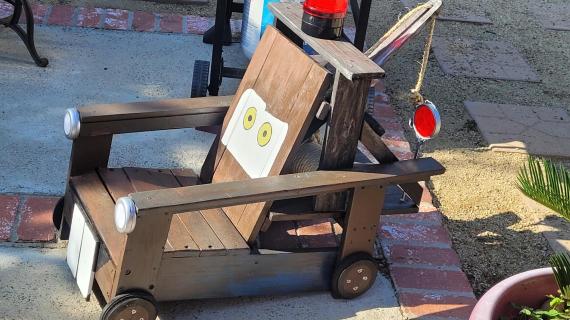
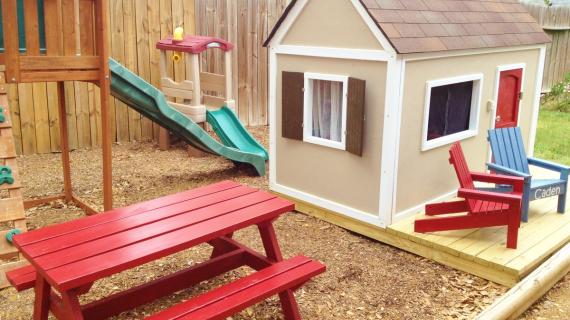
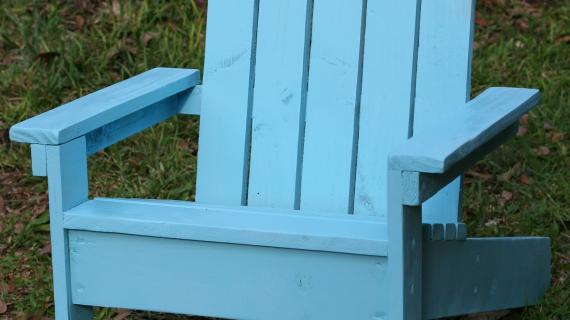
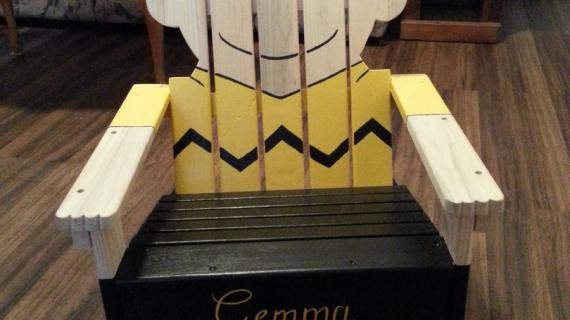

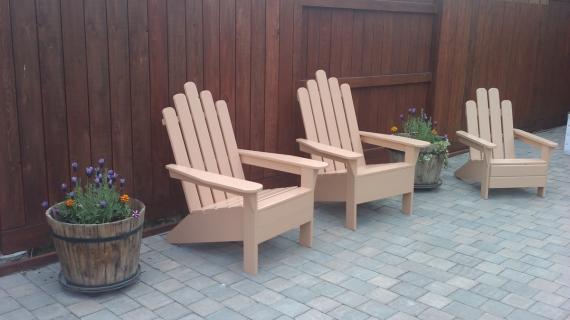
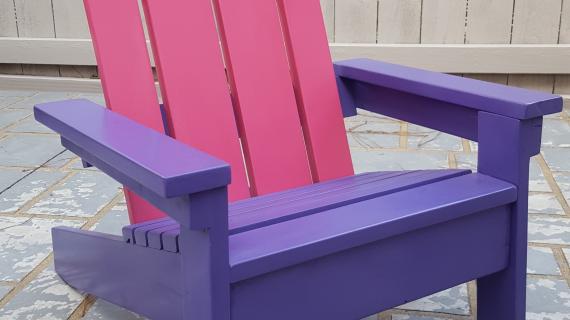
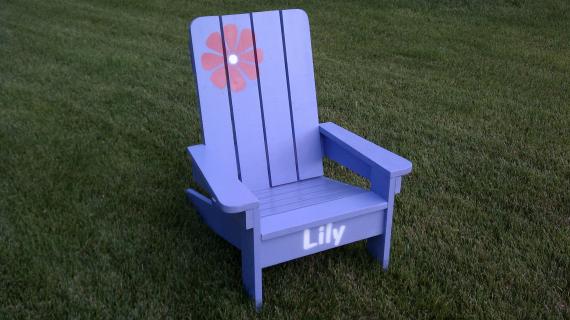
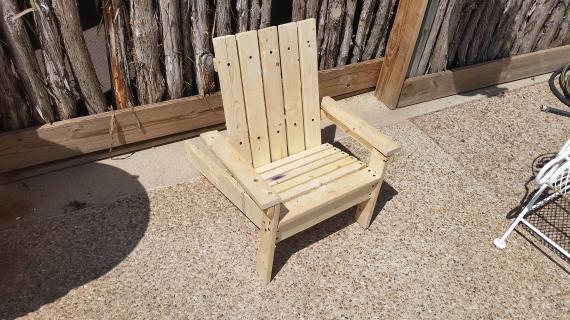

Comments
The {G} Family (not verified)
Wed, 05/19/2010 - 14:06
How adorable! The chair on
How adorable! The chair on the patio of the playhouse was the killer for me. Looks amazing! Thank you so much!
Johanna (not verified)
Wed, 05/19/2010 - 14:15
my gosh!!!! please show some
my gosh!!!! please show some pictures!!!
Rachel@MyPinkF… (not verified)
Wed, 05/19/2010 - 17:16
Oh gosh! I just LOVE seeing
Oh gosh! I just LOVE seeing how you make mini versions of your other plans. It might be a while before I ever make something (I live in an apartment), but by golly I know that I CAN make something someday! Thanks for the inspiration! I love looking at your blog everyday!
Maggie (not verified)
Thu, 05/20/2010 - 08:01
Can't wait to make the kid
Can't wait to make the kid version...I'm picturing fuschia chairs...
marcie (not verified)
Thu, 05/20/2010 - 21:52
I was just talking to my mom
I was just talking to my mom about wanting to make some off these. now I will since you made some easy to follow plans. Thank you love the kid size I will have to make 2 kid size and 2 Adult size. My list is getting way too long!
Greeneydmama (not verified)
Fri, 05/21/2010 - 08:08
I don't know when you changed
I don't know when you changed the site look to these chairs, but I love love love it! The flowery one is gorgeous but a little busy for me to concentrate on your plans....this I LOVE! : )
michaelsuitt (not verified)
Tue, 08/24/2010 - 09:59
Ana-Your website is
Ana-
Your website is fantastic!!! I was wondering if you have posted the plans for the adirondack coffee table yet. Please forgive me if I have overlooked it. Best of luck in your continued success!
Michael
Derek846
Thu, 07/02/2020 - 14:23
Built this today
I built this today from some cedar I had laying around. Now my daughter can have her own outdoor chair! I used 15 gauge finish nails instead of screws and it is plenty sturdy. I'm deciding if I want to paint or stain now. Thank you so much for sharing these plans!
Art Lake
Wed, 01/19/2022 - 19:53
Adirondack chair enhancements
I built one of the kid's chairs yesterday in a few hours. The sharp edges make it appear a bit amateur is so I hit the exposed edges with a router and round over bit. Lacking a router one could do this with a simple wood rasp which would be about $5.00.